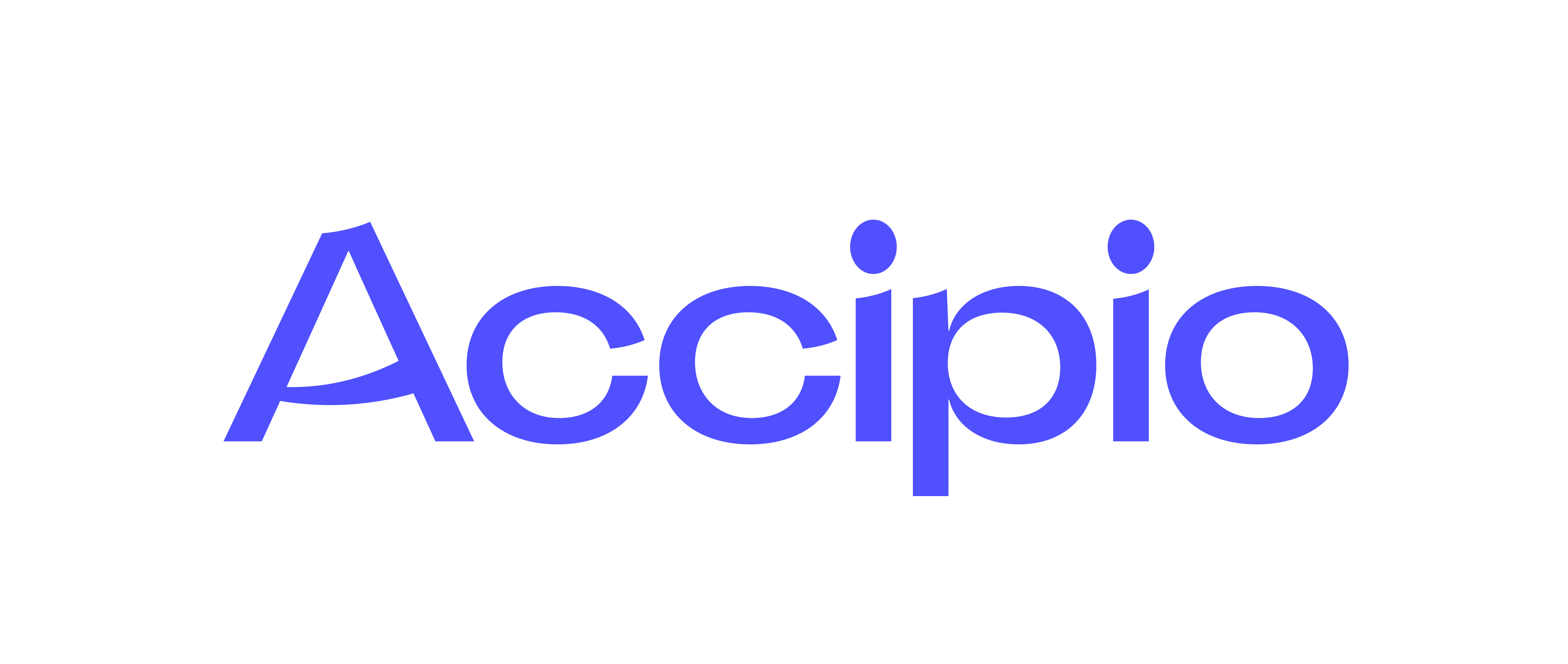14 Apr Coaching ‘Tools’ and Approaches
As well as questioning and listening skills, there are approaches that can help both coach and learner to the situation, confidence and ability to move forward.
Scaling – this applies a degree of measurement to the coaching process. It can be used in a few ways. Most simply it gets the learner to identify where they are in a particular situation. The coach asks the learner to identify if they are either, high or low on the scale. Typically 10 is the highest, likeliest, most confident, where as 1 is the opposite.
- To estimate an ability to do something or confidence in achieving, in terms of being able to do or achieve a task at the moment, e.g. ‘out of 10 where would you say you were, 10 being an expert?’
- To identify what it would take to move up the scale in terms of confidence or ability e.g. ‘you said you were a 6 on the scale, what would need to be in place for you to say you are an 8?
- To get the learner to identify the sort of skills a certain level would require. E.g. ‘what sort of skills would you expect to see in someone who was a 9 in this area?’
- To identify the reality of what is required. E.g. ‘in terms of what is required in the role, if 10 is an expert, where do you feel your role needs to be?’ ‘What sort of skills or behaviours would this represent?’
- To explore where a learner was previously and what it was they were doing when they were at that level.
Numbers don’t have to be used, anything that might be pertinent to the learner or their situation can be used, for example colours and temperatures might be a way.
Metaphors – metaphors are a great tool for coaches, they allow for situations, experiences or analogies to be described in non-threatening, relatable and memorable ways. The learner themselves may also use metaphors which the coach can pick up on and use, such as ‘stuck between a rock and a hard place’, or ‘I feel like I am spinning plates’. Classic coaching metaphors may include:
The coach to help the learners come to a realisation for themselves can use metaphors. A coach should only use metaphors that are appropriate and understandable. Being able to use the learner’s own metaphors, exploring and understanding the meaning is a high value activity.
Stories – often associated and used as or alongside metaphors as a way of presenting a message, opportunity or motivation. They help to create a personal connection between the learner, the situation and the story itself. Effective stories can change opinions, they can inspire to achieve goals that the learner didn’t think were possible, and they can show how we can change things for the better. The Mindtools website notes the author Annette Simmons and her book “Whoever Tells the Best Story Wins,” author Annette Simmons identifies six structures that you can use to tell business stories.
1. “Who-I-Am” Stories
These stories explain who you are as a person. They tell others about your dreams, goals, accomplishments, failures, motivations, values, or history.
“Who-I-am” stories are essential to build trust. Tell these stories when you join a new team, or when you need to establish a connection with a stranger.
2. “Why-I-Am-Here” Stories
“Why-I-am-here” stories communicate why you’re here, and their aim is to replace suspicion with trust. People want to know, “What’s in it for me?” but they also want to know, “What’s in it for you?” These stories explain that you don’t have a hidden agenda, and that you’ll both get something fair out of the situation. For example, people may be asking themselves if you are passionate about what you do, or are you financially motivated? And are you here for the right or wrong reasons?
3. Teaching Stories
Teaching stories create an experience that transforms listeners or readers. They show how a change in their behavior, perspective, or skills can lead to meaningful results. You can also use teaching stories to illustrate a situation, such as a best- or worst-case scenario.
4. Vision Stories
Vision stories inspire people, and encourage them to feel hope or happiness. Here, you convince your audience that their hard work and sacrifice is worth the effort. You need to link their actions to a specific, valuable, and worthy outcome.
Use vision stories when you need to motivate people to change their behavior. They can inspire people to overcome the frustrations, obstacles, and challenges that come with change, so that they can achieve a worthwhile goal or ideal.
5. Values-in-Action Stories
Values-in-action stories reinforce the values that you want your audience to demonstrate or think about. These stories can be positive or negative. For example, you can tell stories that demonstrate integrity, compassion, and commitment, or tell ones that highlight attitudes that you don’t want to see – for example, cynicism, a slapdash approach to quality, or a weak work ethic.
6. “I-Know-What-You-Are-Thinking” Stories
“I-know-what-you-are-thinking” stories allow you to address others’ objections, suspicions, questions, or concerns before they voice them. With these stories, you need to anticipate your audience’s point of view, so you choose a story that deals with their unspoken concerns. When you tell this type of story, you validate the audience’s perspective or worries. This allows them to feel that you’re on their side, and that you identify with their emotions. These kinds of stories are valuable in sales, negotiations, or pitches to key stakeholders.
Models and Theories – if a coach has knowledge or use of a specific model or theory, then they can take the opportunity to use and explore this with the learner, providing they are ok with it. Sometimes drawing the model out in a notebook will give the learner the chance to process it and see the application of it.
Activities – the coach should not be afraid of using activities, assessments or questionnaires to enable learning and increase the awareness in the learner. As long as there is some meaningful purpose in the exercise and it is relatable to the goal or objective. Activities can make ideas and options tangible to the learner, turning one dimension into three dimensions.

